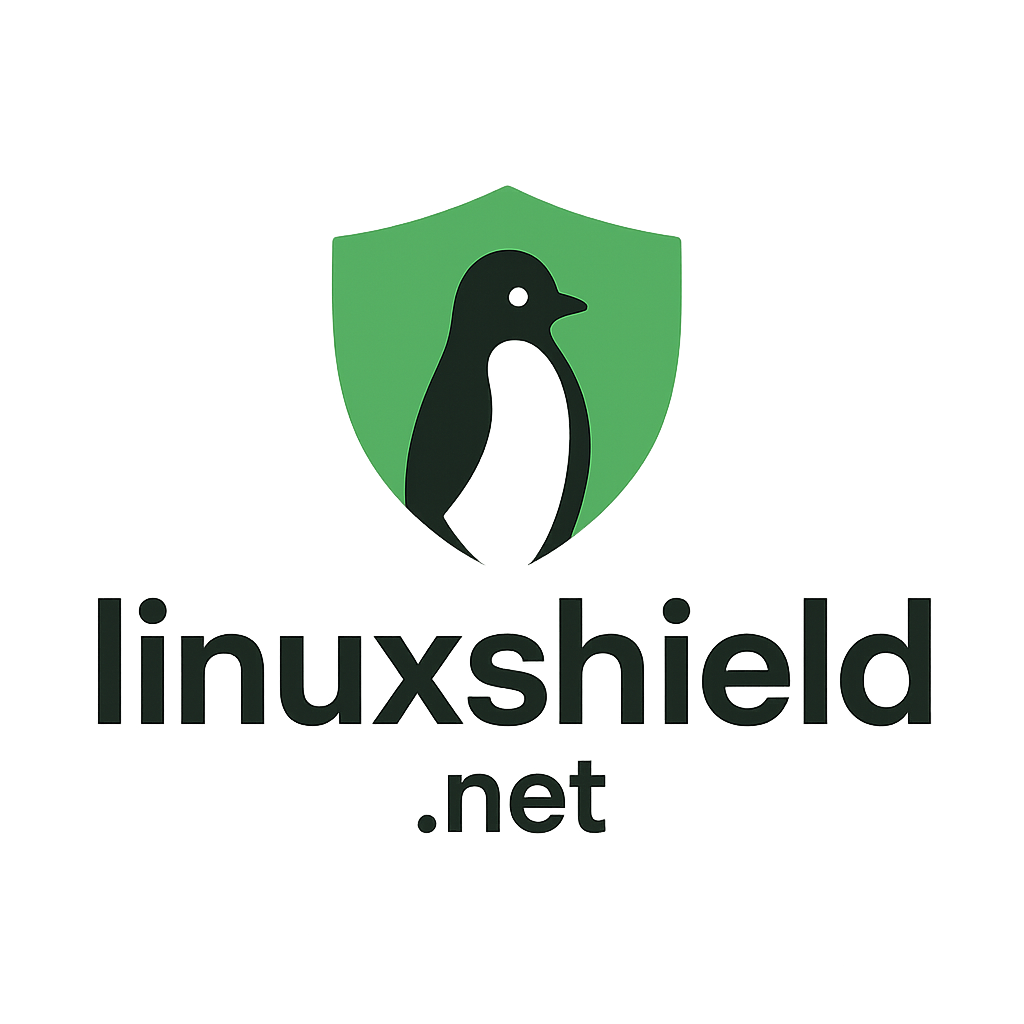LinuxShield: The Modern Alternative to CSF (ConfigServer Firewall)
For years, CSF (ConfigServer Firewall) has been a trusted choice for Linux server security—offering a robust set of features for login monitoring, brute-force protection, IP whitelisting/blacklisting, and more. But as server environments evolve, so do the demands for usability, visibility, performance, and adaptability. That’s where LinuxShield steps in.
Why Switch from CSF to LinuxShield?
Here’s how LinuxShield improves on (and complements) what CSF already provides, making it the ideal alternative for modern infrastructure:
| Feature | What CSF Offers | What LinuxShield Adds or Enhances |
|---|---|---|
| User Experience & Configuration | Configuration in CSF is powerful but can be complex for new administrators; documentation is good but sometimes dispersed. | LinuxShield uses more intuitive, human-readable config files, clearer default settings, well-organized documentation, and optional web-UI dashboards for visual management. |
| Performance & Lightweight Operation | CSF is lean, but in high-load situations or when dealing with many rules/log-ins, performance can degrade. | LinuxShield has been optimized for high-speed log-scanning, efficient rule parsing, and minimal overhead even under heavy traffic. |
| Real-Time Monitoring & Alerts | CSF’s LFD (Login Failure Daemon) does monitoring and alerts, but sometimes delays or struggles with very large log files or distributed setups. | LinuxShield includes enhanced real-time alerting, faster detection of brute-force attempts, port scans, SYN floods, and more, with options for external monitoring integrations. |
| Scalability & Automation | CSF works well, but scaling across many servers or integrating into large-scale CI/CD pipelines may require custom scripts. | LinuxShield is built to integrate cleanly with DevOps tooling, containerized setups, orchestration platforms; supports version-controlled configs, API / CLI control. |
| Additional Security Controls | Basic country-blocking, IP blacklists/whitelists, rate limits etc. are supported in CSF. | LinuxShield goes further: network-level blocking by region or CIDR, smart rate limiting, dynamic response to attack patterns, safer default locking (prevents accidental lock-outs), and better audit trails. |
Key Features That Make LinuxShield Stand Out
Smart login protection that adapts to attacker behaviour
Connection throttling & DoS mitigation built in, not just optional add-ons
Rich audit logs, real-time notifications, and anomaly detection
Configurable via CLI + optional Web UI, to suit admins who love terminal, as well as those who prefer dashboards
Safe defaults: out-of-the-box protection while avoiding too-strict rules that lock out legitimate users
Easy recovery from misconfiguration or accidental lock-outs
Who Benefits Most from LinuxShield?
LinuxShield is especially well suited if you:
Manage multiple servers and want consistent security configuration
Need to integrate firewall/intrusion protection into CI/CD/deployment pipelines
Prefer clearer documentation, easier onboarding for less-experienced sysadmins
Are under threat of high-volume brute-force attacks, port-scanning, or distributed access attempts
Want a firewall solution that grows with your infrastructure
Migration Tips: Moving from CSF to LinuxShield
Review your current CSF rules and whitelist/blacklist entries. Many of these can be ported over easily.
Set up a test server to install LinuxShield, run it in parallel with CSF in monitoring-only mode to see behavior, false positives, etc.
Optimize configuration: adjust default settings to match your environment (e.g. traffic volumes, number of users).
Enable alerts and audit trails early, so you can monitor threats from day one.
Train your team: admin users should know how to unlock, reset or roll back firewall rules, just in case.

